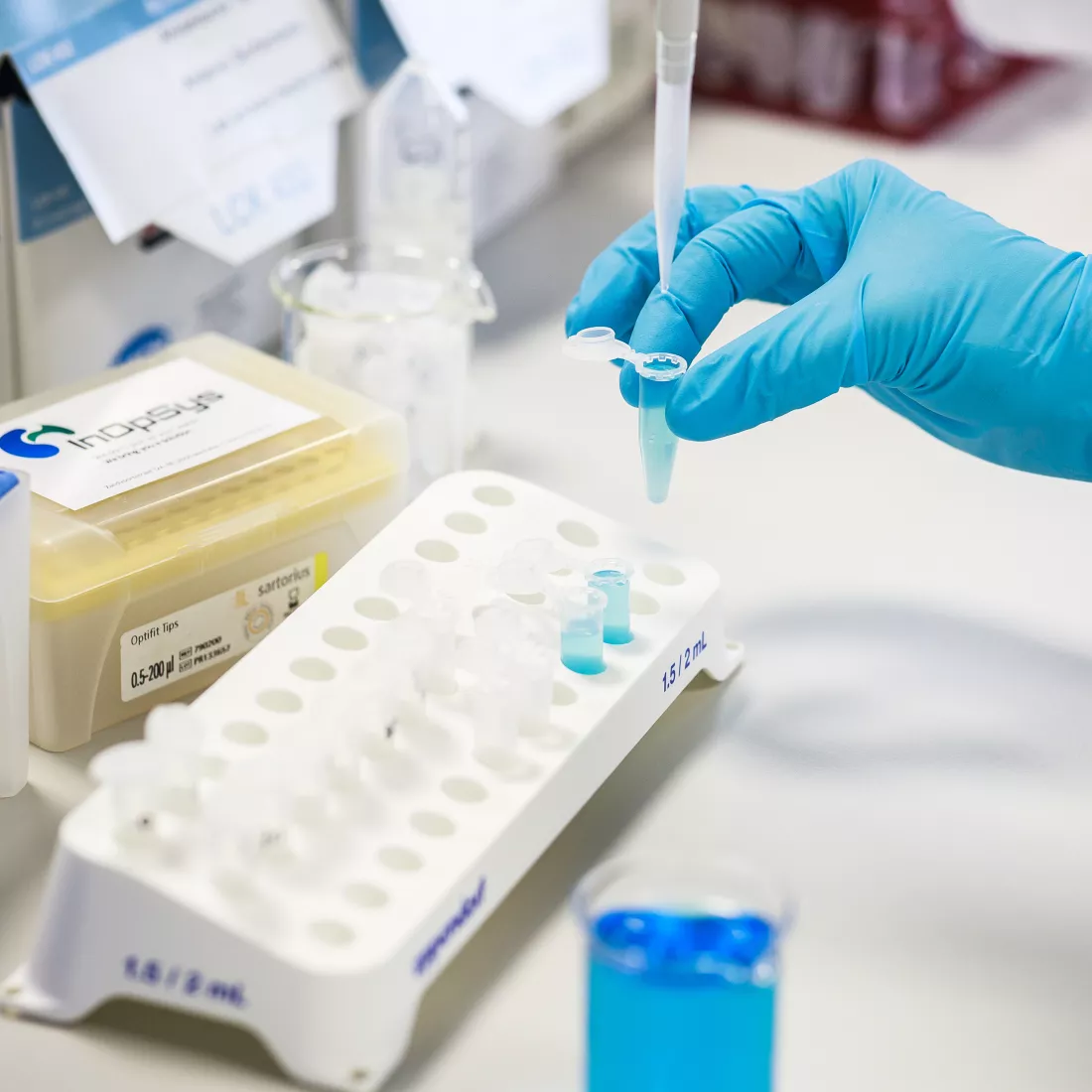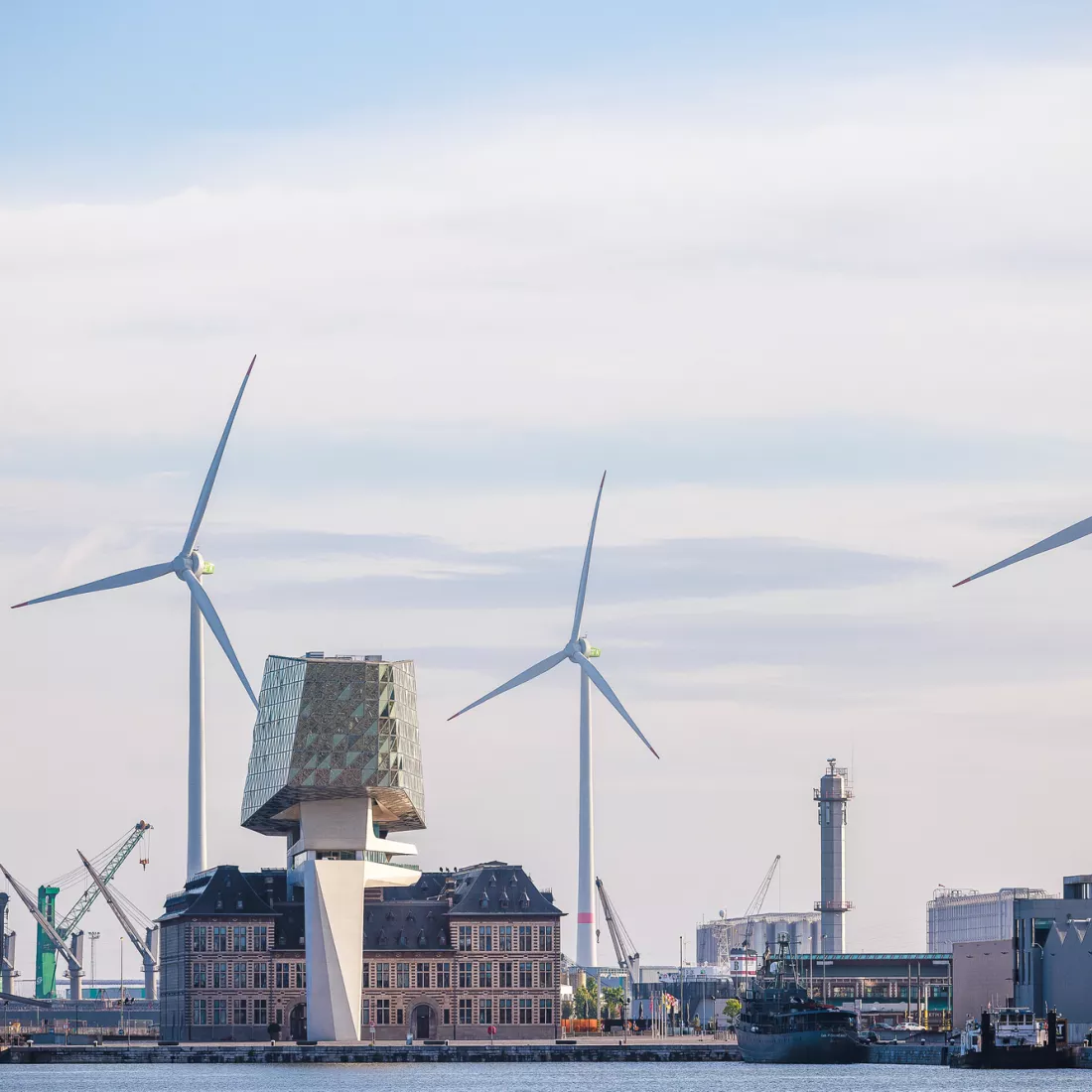© Sigrid Spinnox

- Home
- Economic engine
- Port of Antwerp-Bruges, a port with a unique set-up
Port of Antwerp-Bruges, a port with a unique set-up
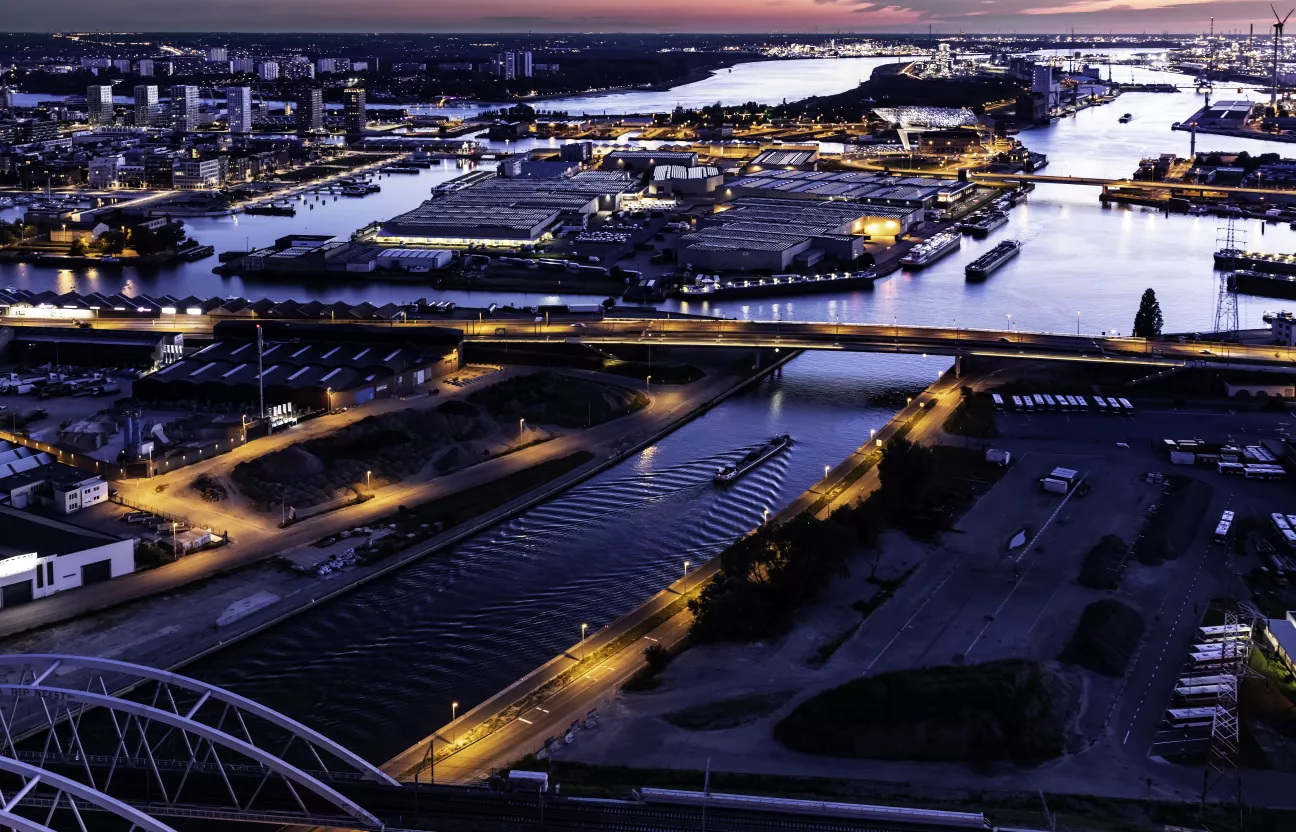
© Sigrid Spinnox
Key player in global trade
Are you seeking to establish or expand your European operations? The Port of Antwerp-Bruges is an attractive choice. As of 2022, Antwerp and Zeebrugge form a unified port. Joining forces allows the port platforms to strengthen their position in the global logistics chain. This is now the largest port for conventional cargo and second-largest container port in Europe, with the most extensive value-added logistics and industrial services of any European port. The merger has enhanced efficiency, improved infrastructure and increased competitiveness on an international scale. The Port of Antwerp-Bruges is an important engine for the Belgian economy, a key player in global trade and a world-class maritime hub.
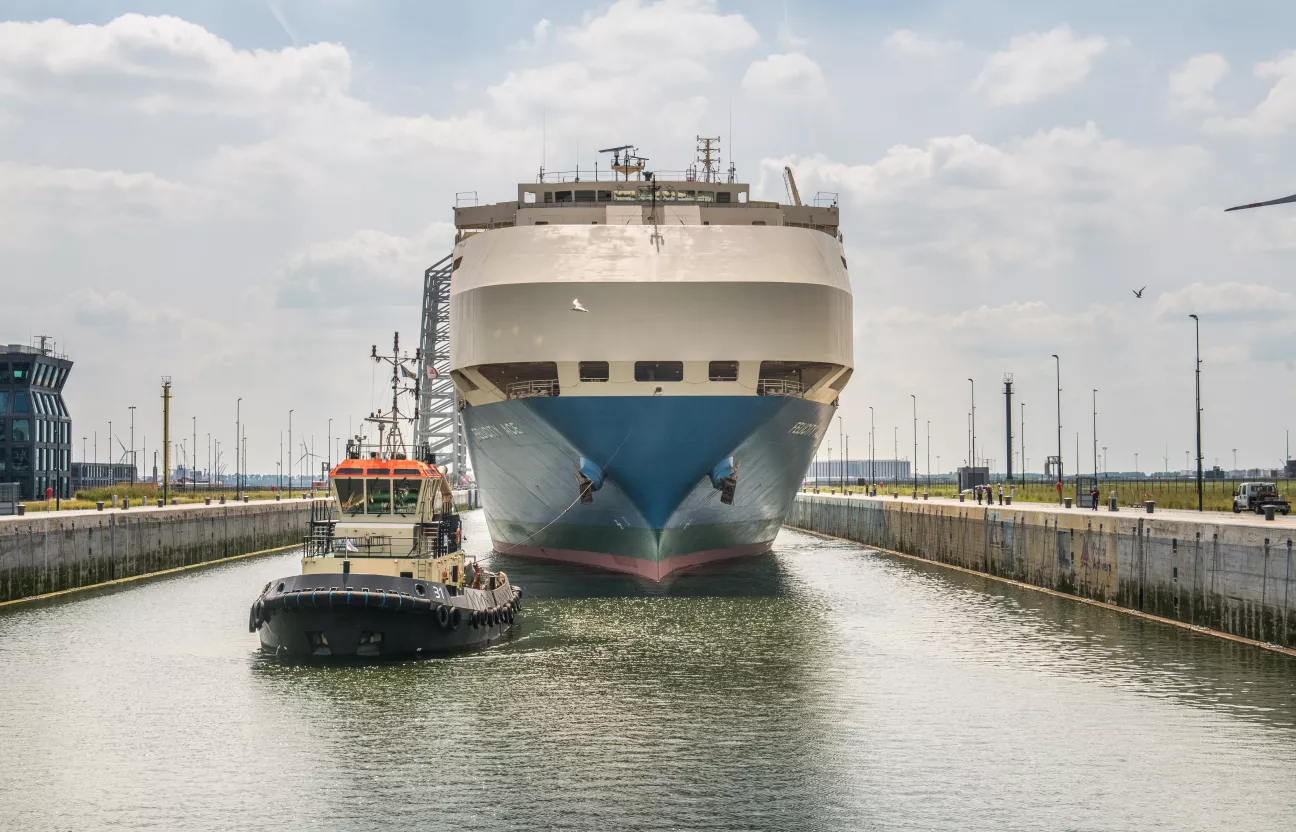
© Kieldrechtsluis
Conveniently located & well-connected
Interested in connecting global markets with the European hinterland? The Port of Antwerp-Bruges rejoices in a strategic location within Europe. Antwerp lies deep inland, while Zeebrugge’s coastal location ensures excellent accessibility. Approximately 60% of European purchasing power can be found within 500 kilometres of both ports. The unified port is the fastest, most cost-effective connection to the European hinterland.
- Barges navigate an extensive network of inland waterways to connect the port to inland regions and major rivers such as the Rhine and Meuse.
- Multiple rail terminals and direct rail connections to major European cities facilitate the smooth transfer of goods.
- The port enjoys excellent road connectivity, with a comprehensive network of highways and motorways.
- An impressive pipeline infrastructure links the port to neighbouring industrial clusters.
- Ongoing projects include deepening of the Scheldt River to accommodate larger vessels and expansions of rail and road networks, including a new ring road around Antwerp.

© PSA
Port activities
As one of Europe’s busiest ports, the Port of Antwerp-Bruges is renowned for its diverse and extensive range of activities. Cargo handling and a chemical cluster are the most prominent.
N°1 in cargo handling
As an essential link in global logistics chains, the Port of Antwerp-Bruges has grown into a leading European port with a strong and comprehensive cargo offering. Practically all products used in daily life pass through this port. Examples include dry bulk, liquid bulk, containers, break bulk, cold chain, dangerous goods, RORO and automotive – more cars go through this port than anywhere else in the world.
Chemical cluster
The Port of Antwerp-Bruges is home to Europe’s largest integrated chemical cluster, with many major global operators. BASF operates a large production site for various chemicals, including plastics, solvents and performance chemicals. ExxonMobil Chemical’s petrochemical complex also produces various chemicals such as ethylene, propylene and polyethylene. INEOS is a multinational chemicals company that operates several sites for the production of petrochemicals, polymers and specialty chemicals. Antwerp’s TotalEnergies and ExxonMobil refineries and three steam crackers ensure stable local supplies of raw materials.
Ready to make an impact in sustainable chemistry? Make Antwerp your first choice.
Learn about NextGen District, a circular economy hotspot located in the port right by Europe’s largest chemical cluster.
GDP for Life Sciences and Health
The Port of Antwerp-Bruges is the first seaport in the world to adhere to the EU’s Good Distribution Practices (GDP) for Life Sciences and Healthcare products across the entire logistics chain. The port has 63,000 m of warehousing in compliance with these GDP guidelines and almost 9,000 plugs and sockets for refrigerated containers (reefers).
Offices with a view: Port House
Antwerp’s former fire station is crowned with a stunning diamond-shaped superstructure, designed by renowned architectural firm, Zaha Hadid Architects. Its reflection in the waters of Kattendijkdok has already inspired countless photographers. The Port House marks the end of the Eilandje neighbourhood and the beginning of the port.
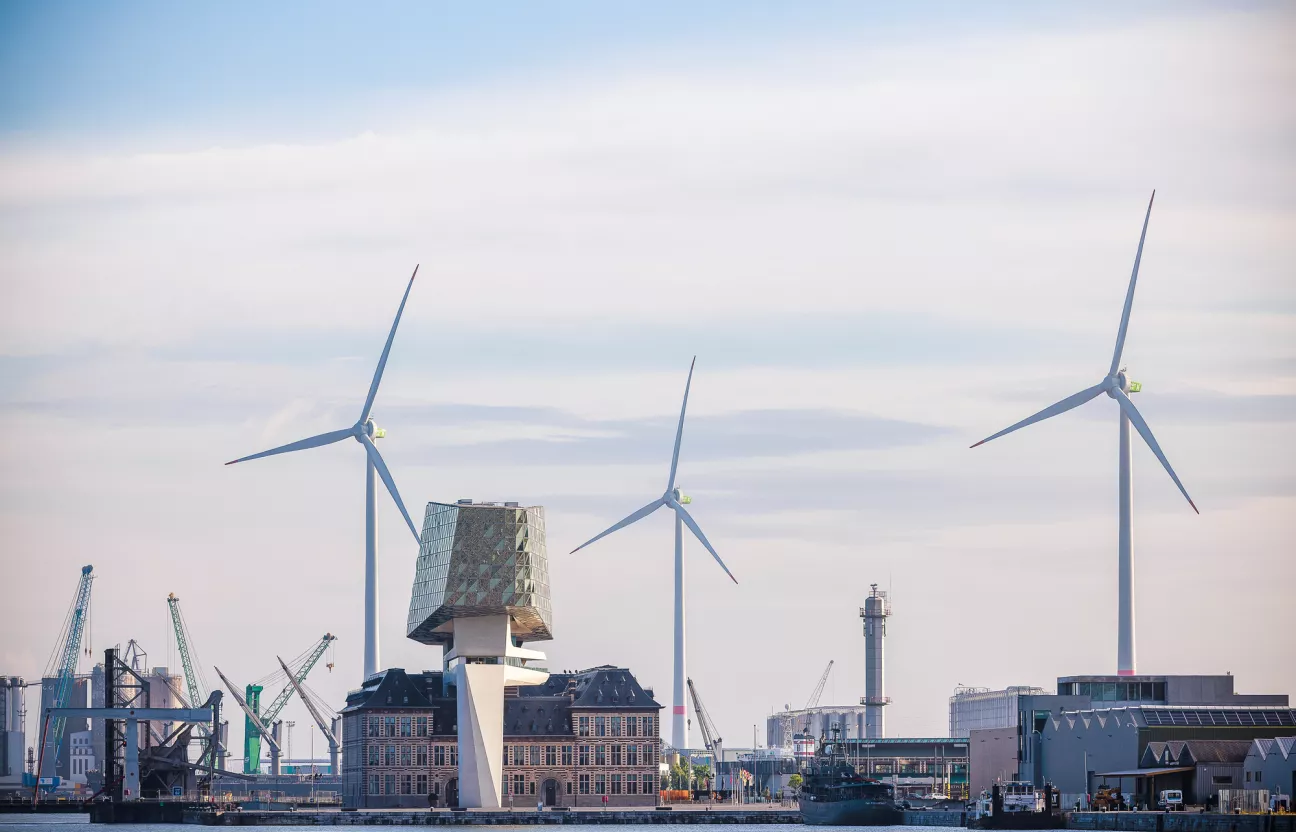
© Victoriano Moreno
Sustainable port
The port aims to be climate neutral by 2050 and is resolutely leading the way in this transition (linken naar artikel port of the future). Its goal: to become the world’s first port to reconcile economy, people and climate. Besides sustainable growth, the Port of Antwerp-Bruges also aims to strengthen its unique position as a logistics, maritime and industrial hub and to take the lead in transitioning to a circular, low-carbon economy. In collaboration with the port community, customers and other partners, it actively seeks innovative solutions for a sustainable future. It cares about its responsibility for the environment and its surroundings.
The port has implemented various measures to reduce emissions, including investment in cleaner technologies and the promotion of alternative fuels. Additionally, efforts are being made to optimise energy consumption and promote circular economy practices within the port area. The port has made major investments in energy transition and is working on initiatives to reduce its CO2 footprint of around 18 tonnes of carbon per year, mainly caused by production facilities. Major chemical and energy companies at the port also aim to make significant contributions towards Belgian and EU climate objectives. These include numerous trailblazing projects. One example is the Antwerp@C carbon reduction programme, which explores the use of hydrogen and carbon capture and storage to help lower emissions throughout Antwerp’s industrial cluster.
Want to know more?





